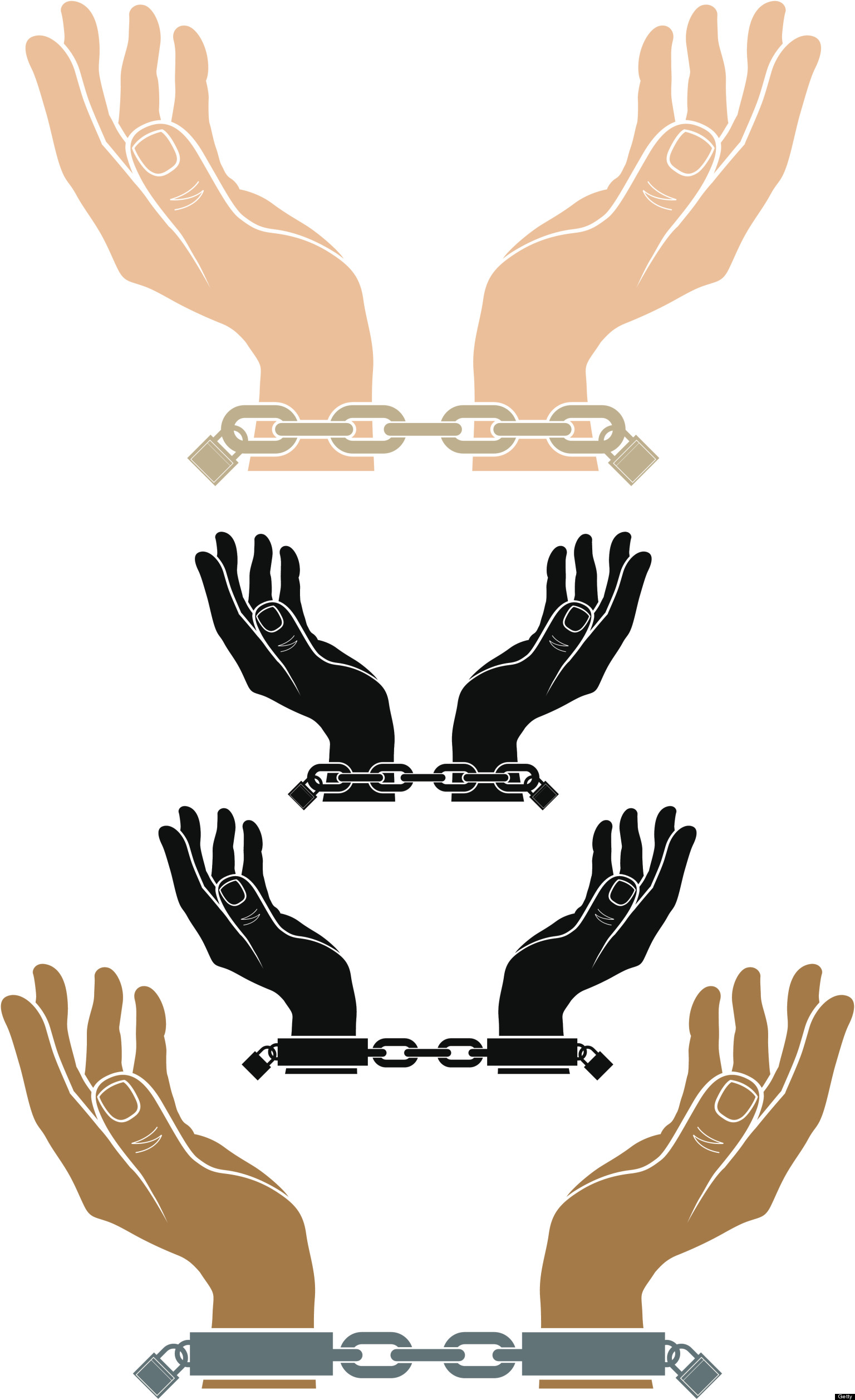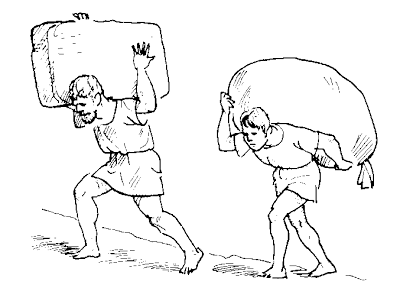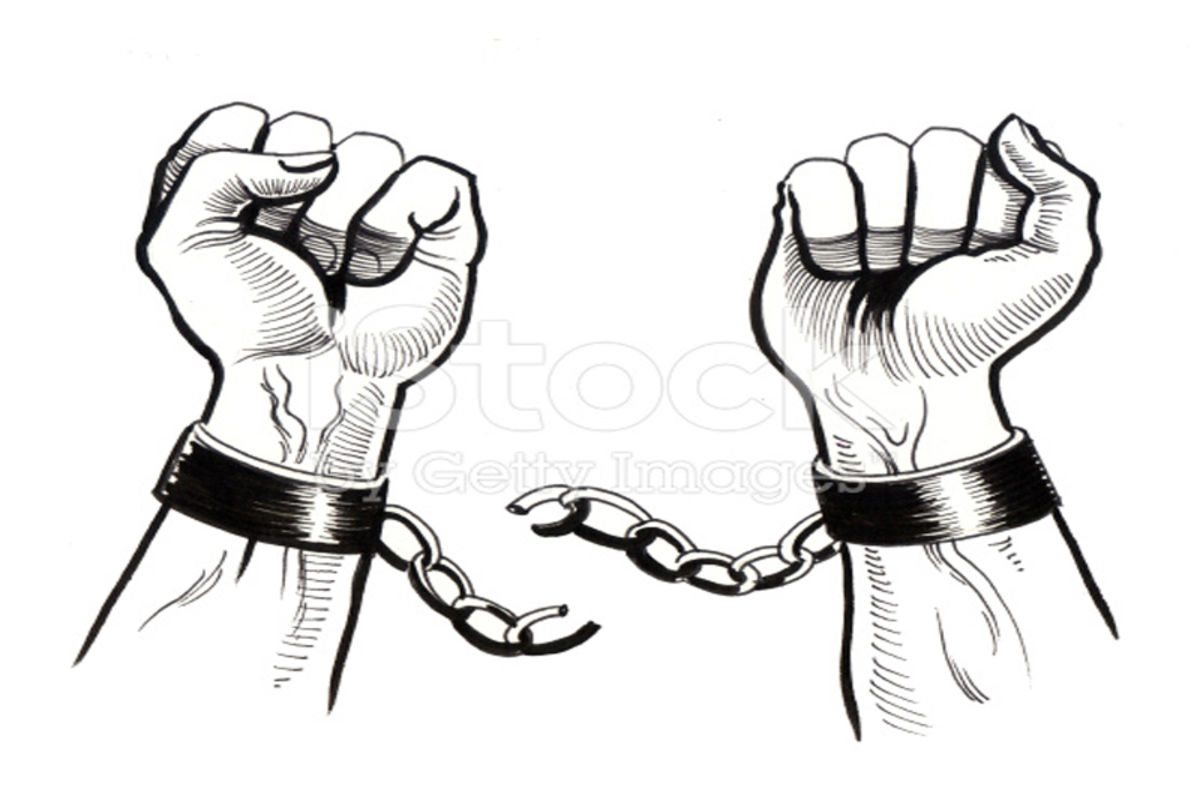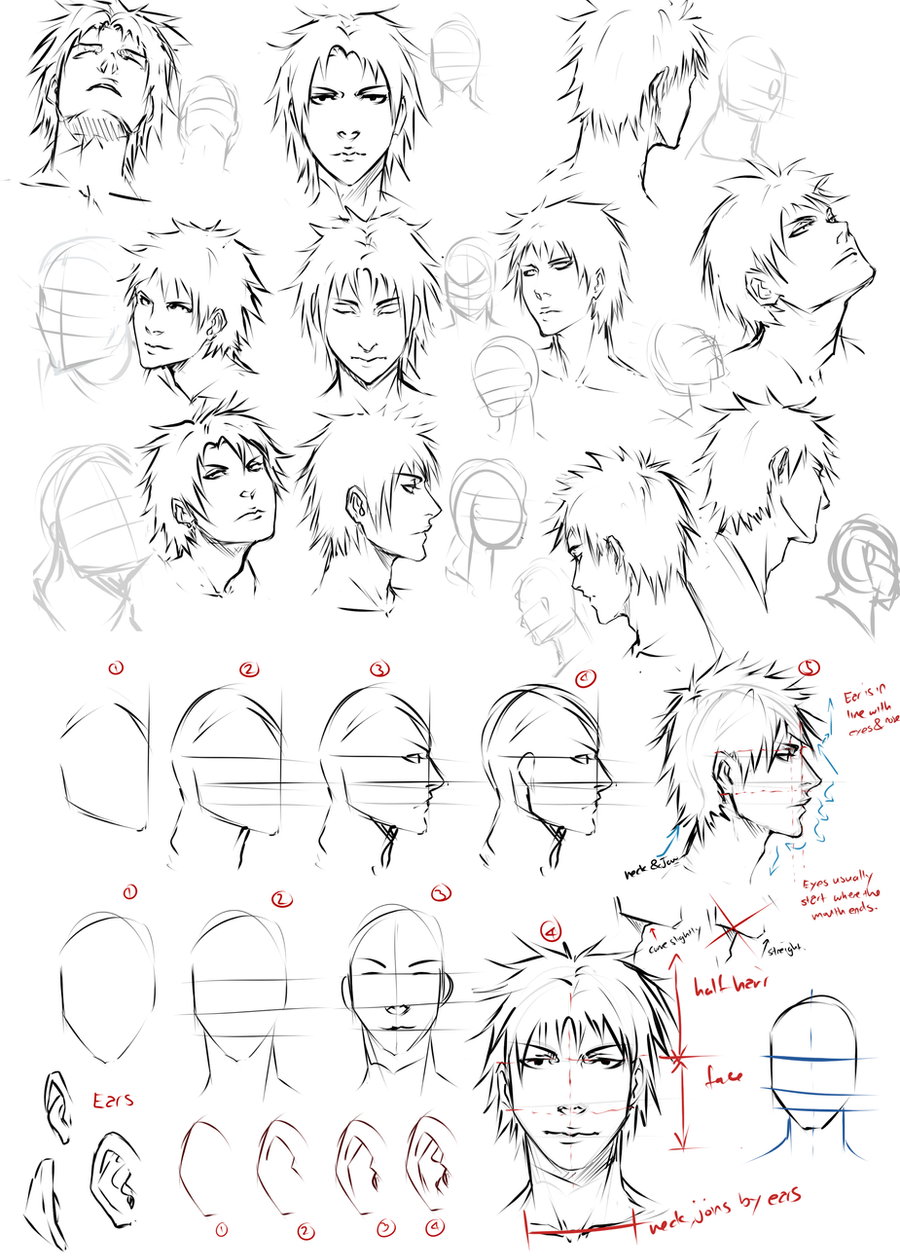African slaves processing sugar cane high res vector graphic
Table of Contents
Table of Contents
Have you ever wanted to learn how to draw a slave? It’s a delicate subject, but it’s important to recognize the role of slavery in history and to portray it accurately in art. Learning how to draw a slave can also help raise awareness about the ongoing fight against modern-day slavery. In this article, we’ll explore how to draw a slave in a respectful and informative way while using proper SEO techniques to help you find the information you need.
The Pain Points
When it comes to drawing a slave, there can be many emotional and ethical considerations to keep in mind. You may be worried about portraying a difficult subject without being disrespectful or insensitive, or you may be unsure of where to start or what techniques to use. Additionally, finding resources and references for drawing slaves can be challenging, and you want to make sure you are using accurate information.
Answering the Target
The first step in drawing a slave is to define your target. Are you looking to draw a historically accurate slave from a specific time period and location, or are you creating a more stylized or symbolic representation of slavery? Depending on your goals, you may want to research different types of slave attire, tools or tasks associated with slavery, or historical and cultural contexts. You can find a variety of resources online or in libraries, such as photographs, paintings, and written descriptions or narratives.
Summarizing the Article
When drawing a slave, it’s important to approach the subject with sensitivity and care. Begin by identifying your target and researching historical and cultural details related to slavery. It’s also essential to use proper SEO techniques to help you find the information you need. Below, we’ve included personal experiences and additional tips to help you succeed in your drawing.
How to Draw a Slave: Tips and Personal Experience
As an illustrator and artist, I have always been drawn to historical and cultural subjects, and have spent a lot of time studying and exploring different representations of slavery. When drawing a slave, here are some tips and personal experiences that have helped me:
First and foremost, it’s important to approach the subject with empathy and respect. Remember that slavery is a deeply painful and traumatic part of history, and many people still suffer from its aftermath today. Always strive to portray the history and reality of slavery accurately and with sensitivity.
Secondly, it can be helpful to study photographs, paintings, and written descriptions of slaves from different time periods and locations. This can give you a better sense of the clothing, tools, and tasks associated with slavery, as well as the emotional and psychological toll that it took on people.
Thirdly, consider the broader historical and cultural contexts in which slavery existed. Different societies and cultures had different attitudes towards and justifications for slavery, so it’s important to research these nuances in order to create an accurate and nuanced portrayal.
Finally, don’t be afraid to use your own creative interpretation and style when drawing a slave. While accuracy and sensitivity are important, you can also use art to convey a powerful message of resistance or hope, or to challenge existing stereotypes or assumptions about slavery.
Exploring Techniques and Styles
When it comes to drawing a slave, there are many different artistic techniques and styles you can use. You can use traditional or digital media, realistic or stylized rendering, or incorporate symbols or metaphors into your work.
For example, you might create a realistic pencil or charcoal drawing of a slave engaged in a task such as picking cotton or cooking, focusing on the texture and weight of the tools and clothing. Alternatively, you could create a stylized digital painting that uses vibrant colors and bold lines to represent the strength and resilience of enslaved people.
Another option is to use symbols or metaphors to represent slavery and its impact. This could include using chains or shackles as a motif, or incorporating elements of nature such as trees or animals to represent freedom or the natural world.
Further Explorations
If you’re interested in learning more about how to draw a slave, or exploring different artistic techniques and styles, there are many resources available online and in person. Some helpful websites and organizations include:
- The Slave Dwelling Project
- The National Underground Railroad Freedom Center
- The Smithsonian National Museum of African American History and Culture
- The Antislavery Literature Project
Questions and Answers
Q: Is it appropriate to draw a slave using exaggerated or stereotypical features, such as large lips or exaggerated muscles?
A: No, it’s important to avoid perpetuating harmful stereotypes or caricatures. Instead, focus on realistic and sensitive representations.
Q: Can I use my own imagination when drawing a slave, or should I stick to historical accuracy?
A: While historical accuracy is important, you can also use your own creativity and imagination to create a powerful statement or message.
Q: Is it okay to use photos or images of slaves in my artwork?
A: It’s important to be respectful and sensitive when using images of enslaved people. Make sure to educate yourself about the context and source of the images, and use them in an appropriate and respectful manner.
Q: What role can art play in the fight against modern-day slavery?
A: Art can serve to raise awareness about the ongoing issue of modern-day slavery, and act as a means of resistance and empowerment for survivors and advocates.
Conclusion of how to draw a slave
In conclusion, learning how to draw a slave can be a complex and emotional subject, but it’s an important part of recognizing and understanding the history and legacy of slavery. By approaching the subject with empathy, research, and creativity, you can create accurate and powerful representations that educate and inspire.
Gallery
Education: The First Step To Ending Slavery | Robert J. Benz

Photo Credit by: bing.com / slavery step ending
Download Slave Coloring For Free - Designlooter 2020 👨🎨

Photo Credit by: bing.com / coloring slave pages slavery designlooter printable
Slavery Clipart Drawing, Slavery Drawing Transparent FREE For Download

Photo Credit by: bing.com / drawing slavery clipart transparent webstockreview collection
Pin On Tattoo Stuff

Photo Credit by: bing.com / draw drawingtutorials101
African Slaves Processing Sugar Cane High-Res Vector Graphic - Getty Images
Photo Credit by: bing.com / slaves






